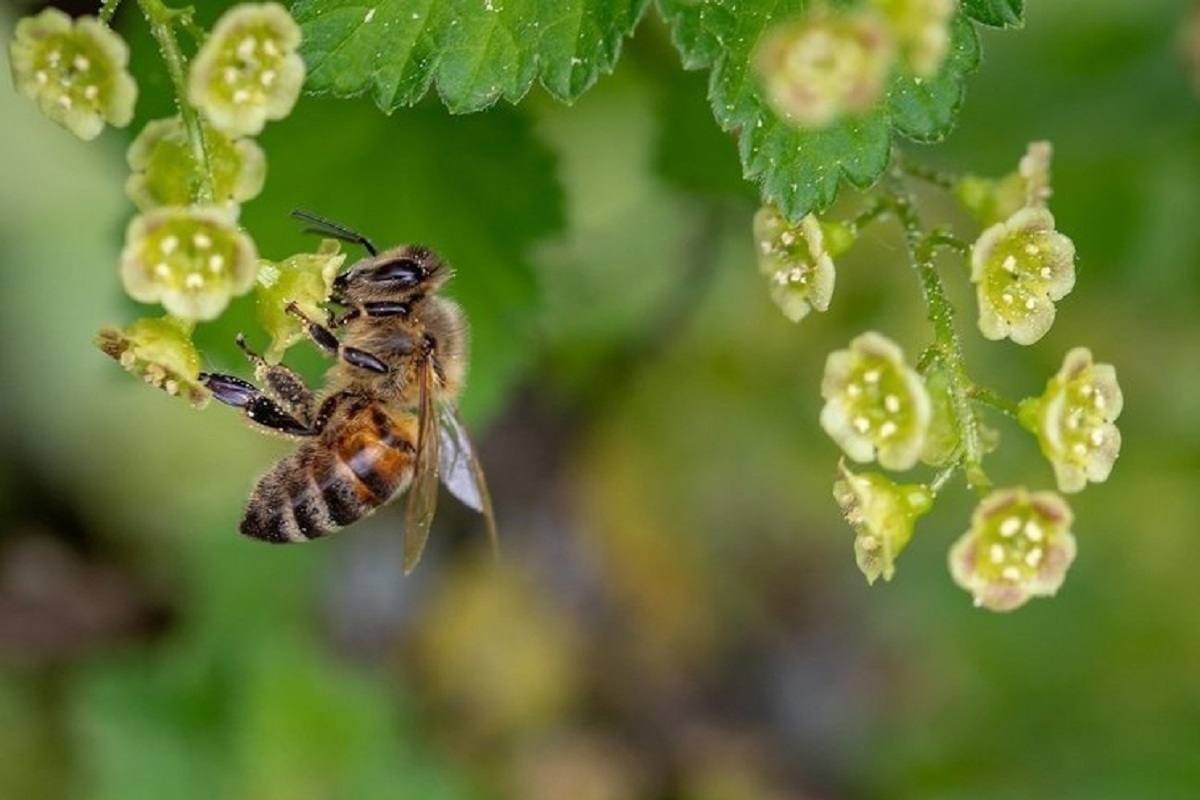Hundreds of mummified pharaonic bees found in Portugal
[ad_1]

“The degree of preservation is exceptional”: the smallest details have come down to us
Hundreds of mummified bees in cocoons dating back to the time of the Egyptian pharaohs have been found in Portugal. Scientists cannot get enough of the degree of preservation of an amazing find.
Hundreds of mummified bees inside their cocoons have been found on the southwest coast of Portugal, at a new paleontological dig site on the coast of Odemira, reports Arkeonews.
The discovery, published in the international scientific journal Papers in Paleontology, says that such finds are extremely rare, and usually the skeleton of these insects quickly decomposes, because it has a chitinous composition, which is an organic compound.
About 2975 years ago Pharaoh Siamun ruled in Lower Egypt; the Zhou dynasty ended in China; Solomon was to succeed David on the throne of Israel; in what is now Portugal, the tribes were nearing the end of the Bronze Age, notes Arkeonews. In particular, on the southwestern coast of Portugal, where Odemira is now located, something strange and rare just happened: hundreds of bees died inside their cocoons and were preserved in the smallest anatomical detail.
“The degree of preservation of these bees is so exceptional that we were able to identify not only the anatomical details that define the type of bee, but also its sex and even the supply of monofloral pollen left by the queen bee when she was building a cocoon,” says Carlos Neto de Carvalho, scientific coordinator project.
According to him, the project identified four paleontological sites with a high density of bee cocoon fossils, reaching thousands in an area of one meter. These sites were found between Vila Nova de Milfontes and Odeseix, on the coast of Odemira, the municipality that strongly supported this scientific study, allowing it to be carbon 14 dated.
“Given the 100-million-year-old fossil record of bee nests and hives, the truth is that fossils of their owner are virtually non-existent,” confirms Andrea Bocon, one of the co-authors of this work, a paleontologist from the University of Siena (Italy).
The cocoons discovered now, numbering “age” of almost three thousand years, preserved, as in a sarcophagus, young specimens of the Eucera bee, which never had a chance to see daylight. It is one of about 700 species of bees that still exist on the Portuguese mainland. A newly discovered paleontological object shows the interior of cocoons covered in an intricate mother-produced filament made from an organic polymer. Inside, you can sometimes find what is left of monofloral pollen, which the larva would have fed in the first periods of life. The use of microcomputed tomography has made it possible to obtain a perfect three-dimensional image of mummified bees inside sealed cocoons.
Bees number over 20,000 existing species worldwide and are important pollinators whose populations have declined significantly due to human activity and which has been linked to climate change. Understanding the environmental causes that led to the death and mummification of bee populations almost three thousand years ago could help understand and develop climate resilience strategies. As for the southwestern coast, the climatic period, which was observed almost three thousand years ago, was generally characterized by colder and rainier winters than the current ones.
“A sharp drop in nighttime temperatures at the end of winter or prolonged flooding of the area outside the rainy season could lead to death from cold or suffocation and mummification of hundreds of these small bees,” says Carlos Neto de Carvalho.
[ad_2]
Source link








